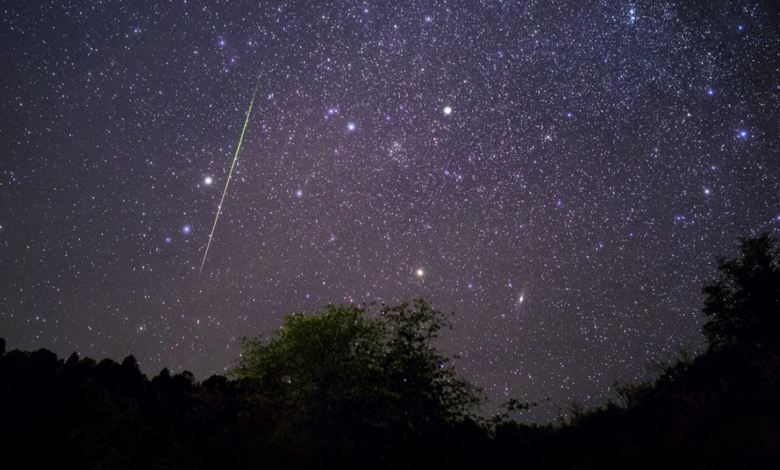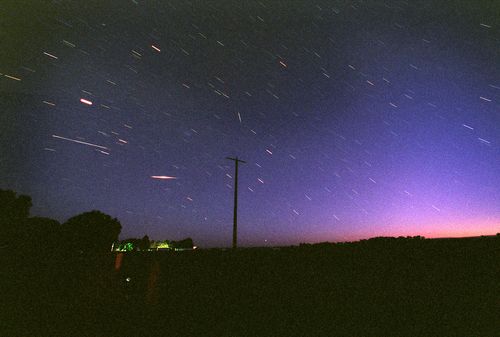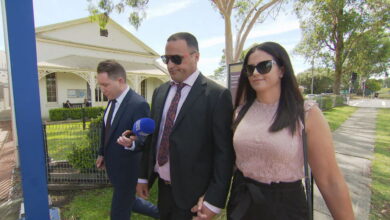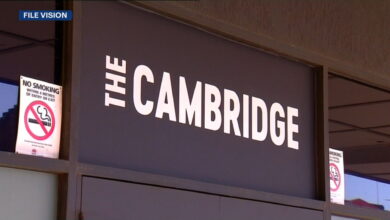Streaks of fire are about to take over Australian skies during the Leonid meteor shower. Here’s how to see them
Nov 13, 2024

The annual Leonid meteor shower will hit peak visibility next week, giving Australians the chance to see something special in the night sky.
Fiery meteors will streak through Earth’s atmosphere at about 70 kilometres per hour in the hours after midnight, putting on a great show for those Aussies awake to watch.
“The Leonids can be quite bright, like a very bright shooting star, sometimes even brighter,” Monash University’s School of Physics and Astronomy Associate Professor Michael Brown told 9news.com.au.
Here’s everything you need to know if you want to catch a glimpse.
The Leonid meteor shower will be visible in both the Northern and Southern Hemispheres, and viewers can expect to see an average of about 15 meteors per hour.
“It’s not going to be a continuous shower of meteors. It’s going to be, you know, a meteor every few minutes,” Brown said.
When and where to watch the Leonid meteor shower
The Leonid meteor shower will occur next week, peaking in visibility on the night of November 17.
Meteors will start appearing near the Leo constellation in the east in the hours after midnight. They will be visible through to the early morning.
For the best view, Brown suggests finding a location far from bright city lights.
“The darker you can go, the better it gets,” he said, but added that some of the brighter meteors “should be visible from the suburbs”.
Light pollution and the full moon next week will make it harder to see the fainter meteors.

The Leonid meteor shower is named for the Leo constellation but is caused by the dust trail from the comet 55P/Tempel-Tuttle.
It’s a small comet that takes 33 years to complete one orbit of the sun, leaving a trail of comet particles and asteroid dust as it goes.
About once every 33 years, the Leonid meteor shower becomes a meteor storm.




